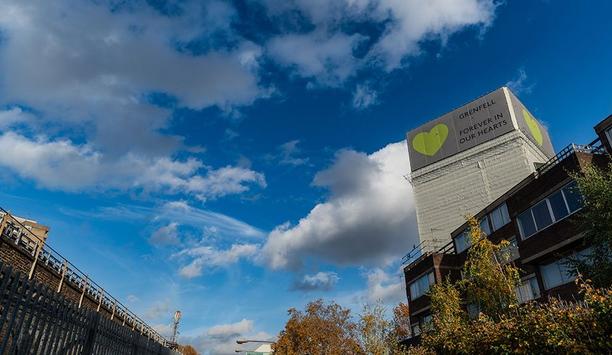The UK’s demand for sustainable heat and power sources is increasing rapidly. This is seeing a growing dependence on renewable energy sources for electricity, and, as we’re facing a landscape of constrained power generation, consistency of this power source is becoming a key concern.
Fire is an evolving risk for power stations. It can cause prolonged outages, which are damaging to sites’ personnel, equipment, and fuels. However, these fires are very common. James Mountain, Sales, and Marketing Director, Fire Shield Systems, looks at the current system underlying fire safety for power stations, exploring why a new approach is needed.
Traditional Fire Safety guidance
Over the past ten years, The National Fire Protection Association’s NFPA 850 Recommended practice for electric generating plants and high voltage direct current converter stations has been seen as the exemplar internationally for fire safety at power generation sites. These recommendations sit alongside a complex mix of regulations managing the fire protection across sites that create power from combustible feedstocks. Those feedstocks can either be derived from organic sources, including wood and agriculture or refuse sources, including household waste. The exploration of alternative systems is limited, but different fuels and processes need different suppression, detection, and monitoring systems to remain effective.
However, chapter nine of the guidance dedicates only four of its 70 pages to the fire risks specifically pertaining to the handling and storage of alternative fuels, a rising concern for the power generation industry. Practical experience of advising on the fire safety for sites handling these fuels has revealed a conflicting array of approaches to risk mitigation, many of which are guided by the owner, led by the insurance industry.
For the insurance industry, the main concern is protecting fuels, assets, and equipment. However, insurers often rely on more traditional methods to offer that protection, such as sprinkler systems, despite these not always being suitable in protecting certain types of feedstocks. The exploration of alternative systems is limited, but different fuels and processes need different suppression, detection, and monitoring systems to remain effective.
To better address, the growing challenges faced, best practice legislation and guidance for power generation sites needs to reflect real work scenarios, including the myriad incidents which have occurred throughout the past decade.
What are the risks When Dealing with alternative fuel?
When it comes to dealing with alternative fuels, storage, movement, processing, and transportation all present significant fire risks. These risks become more complex with alternative fuels compared with others as, to protect the site effectively, there’s a need to understand their unique properties, consistencies, ingress of hazardous materials, and their reactions on contact with water and foams. When it comes to dealing with alternative fuels, storage, movement, processing, and transportation all present significant fire risks
The myriad risks, from carbon monoxide (CO) emissions to large explosions, are guided by an equally complicated set of fire safety guidance. Research into the safe handling and storage of these fuels, and the most suitable mitigation measures to offset the risks, is ongoing.
Detecting and monitoring heat within alternative fuels when stored is also challenging, as the material is also an insulator. This means fire and heat are often difficult to identify in their early stages, prior to a blaze taking hold. Some types of alternative fuels are also prone to self-combustion if not monitored carefully. The risk of fires burning slowly within these materials is the topic of a major study from Emerging Risks from Smouldering Fires (EMRIS) between 2015 and 2020.
The need for new best practice guidance in fire safety
As methods for generating renewable power mature, and new technologies and research emerge, fire safety guidance needs to be updated to reflect this. This is not only a UK-wide challenge, but it’s also recognized across global and European standards. Regulations need to take into account a range of factors to ensure protection systems are effective in practice.
 |
| The development of renewable power sources requires revision of fire safety guidance. |
Now, a decade on from when the NFPA 850 was first published, it’s time to revisit its guidance and focus on building a more resilient, fire-safe future for all of the UK’s 78 biomass and 48 waste to energy sites. This involves greater clarity pertaining to the specific risks associated with alternative fuels, such as waste and biomass-derived fuels. The approach needs to be comprehensive, looking at every aspect of designing, installing, and maintaining systems.While the power generation industry remains reliant on outdated and complex guidance, with conflicting approaches to best practice protection, the potential for systems to fail is clear.
That robust approach relies on multiple stakeholders working together – including the regulators, government, academics, technology partners, and fire safety professionals. Collaboration is key to build long-term confidence in the safety of sustainable fuels in powering our homes, transport, and industries in the future.


























